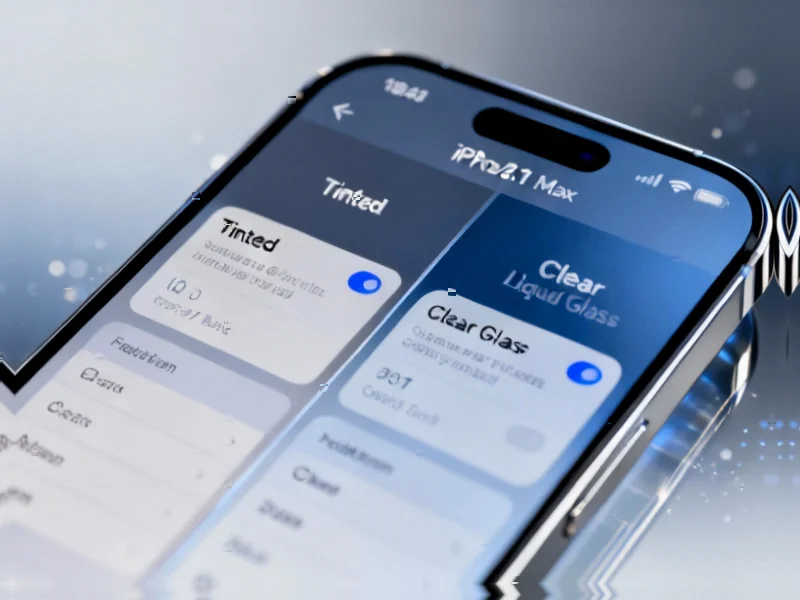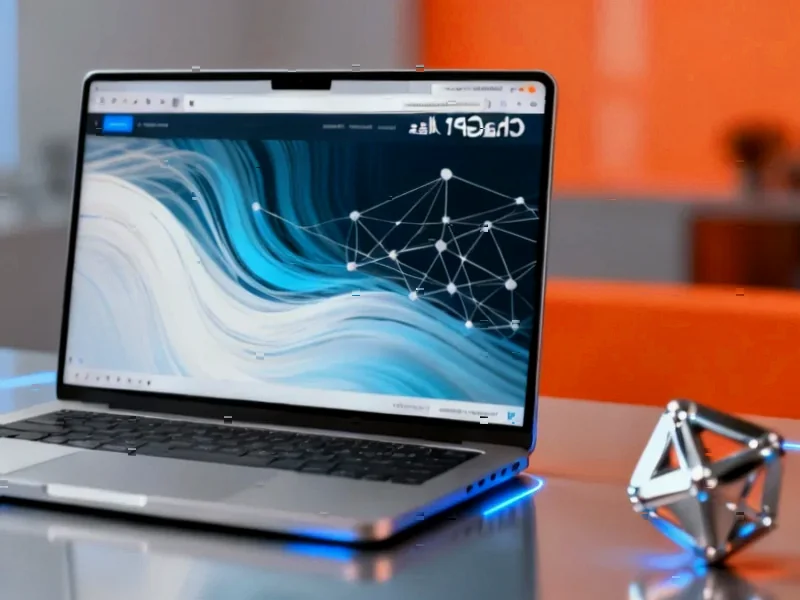Battery Expectations vs Reality
Apple’s latest iOS 26.1 beta introduced a subtle but noticeable visual tweak—a “Tinted” option for Liquid Glass that reduces translucency for users preferring more opaque interfaces. Almost immediately, speculation began circulating about whether this setting might deliver unexpected battery savings. After all, rendering fewer transparent effects could theoretically reduce GPU workload and extend power reserves.
Table of Contents
According to detailed testing methodology shared by industry observers, the reality appears far less dramatic than the speculation. Sources conducting controlled experiments found virtually no meaningful difference in battery consumption between the tinted and standard Liquid Glass modes. The findings challenge assumptions about how much visual effects actually contribute to overall power drain on modern iPhones.
Rigorous Testing Methodology
Analysts reportedly designed their testing to mimic real-world usage patterns while maintaining scientific controls. Using an iPhone 17 Pro Max with 100% battery health, they standardized conditions across multiple 2.5-hour test sessions. Brightness was locked at 50%, True Tone and Night Shift were disabled, and ambient temperature remained between 68 and 72 degrees Fahrenheit.
The testing protocol involved precisely timed interactions including repeated access to notifications and Control Center—elements that heavily utilize Liquid Glass effects. “I opened up notifications and Control Center 20 times total for each test,” one report noted, with actions spaced at 3.5-minute intervals to simulate natural usage patterns. Between tests, the device was consistently recharged to 80% to ensure comparable starting conditions.
Surprisingly Consistent Results
What emerged from the data was remarkably consistent battery drain regardless of transparency settings. The testing revealed only a 1% variation between configurations—well within the margin of error for such measurements. As one analysis pointed out, “I can’t see fractions of a percent with battery measurements, so it’s possible the minor differences resulted from small variations in content between tests.”
This consistency held true even when combining the tinted mode with other battery-saving options like Reduce Motion. The cumulative impact of these visual adjustments appears negligible on current-generation hardware. Industry watchers suggest this indicates Apple’s silicon and software optimization have reached a point where interface rendering consumes minimal additional power compared to other system functions.
Context and Implications
The findings carry particular significance given Apple’s historical approach to battery optimization. For years, users have sought every possible advantage in extending device runtime, from disabling animations to reducing background processes. Yet these latest tests suggest that visual preferences needn’t be sacrificed for marginal battery gains.
Interestingly, the analysis acknowledged certain limitations in the testing scope. As reported, “The apps that I used don’t all have Liquid Glass-heavy interfaces.” Services like TikTok and Instagram reportedly make minimal use of the translucent effects, potentially masking any battery impact that might appear in applications with more intensive visual designs.
Looking Forward
Some questions remain unanswered, particularly regarding older hardware. Testing was conducted exclusively on the iPhone 17 Pro Max, leaving open the possibility that devices with less powerful processors might show different results. “I am curious if there would be a difference in battery life on an older iPhone that might struggle more to render Liquid Glass effects,” one observer noted.
For now, the consensus among those analyzing the data suggests users should choose their Liquid Glass settings based purely on aesthetic preference. The traditional battery conservation methods—Low Power Mode, Adaptive Power Mode, Dark Mode, and brightness reduction—appear to remain significantly more effective than transparency adjustments.
As Apple continues refining its visual language with features like Liquid Glass, the relationship between aesthetics and performance seems increasingly optimized. The latest findings indicate users can enjoy the company’s design vision without worrying about measurable battery tradeoffs—at least on current-generation hardware.



